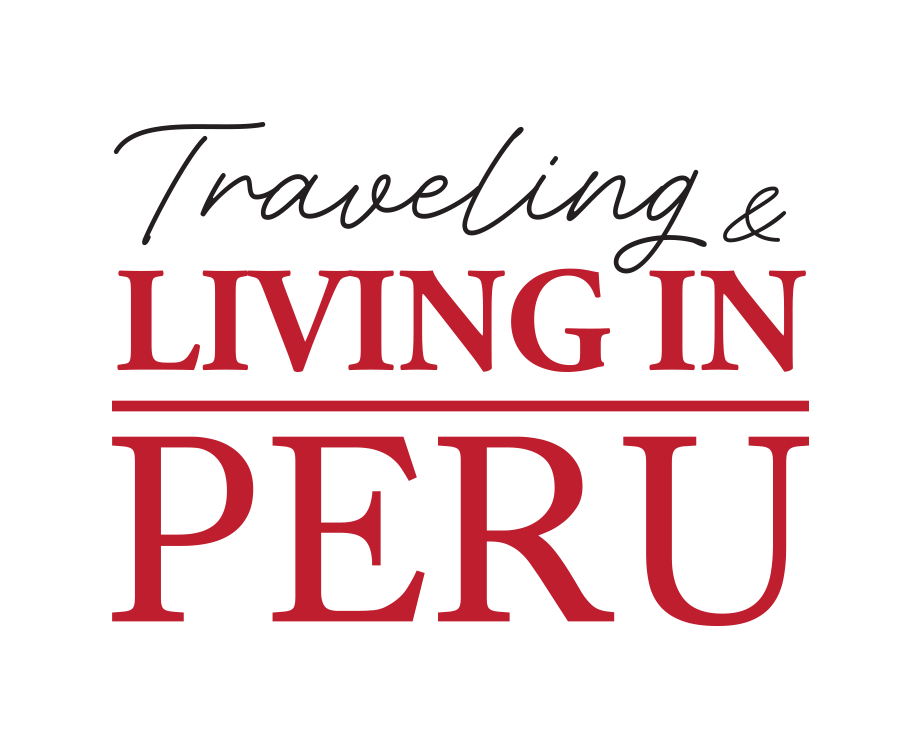The Colca Canyon in Arequipa is a perfect day trip destination. Not only will you get to see the Pacific Condor and pre-Inca terraces, but you can also enjoy thermal baths or zip-lining. Here’s how one couple did it.
The details
There are many tour options for the Colca Canyon, one of the world’s deepest canyons. You can do the trek and camp overnight or, if you don’t have much time, make a day trip out of it. Here’s how Lili and Clinton Fandrich, a couple who live in Arequipa, experienced it:
We chose to take a day-trip which included pick-up in Arequipa, a bilingual tour guide (Spanish and English), breakfast, stops along the canyon, a stop to view alpacas in Aguada Blanca, and drop-off in Arequipa. It did not include the entrance fee into the Cruz del Condor park (S/ 20 for nationals, S/ 70 for foreigners), lunch (S/ 30 buffet style), entrance to hot spring (S/ 15), or zip lining (S/ 50).
We would like to give a giant shout-out and thank you to our tour guide, Paul! He was absolutely amazing, kept us on schedule, and was very informative.
Bright and early start
Our trip started off bright and early when our tour van picked us up from our home in Arequipa at 3:30 a.m. Once everyone was picked up from their homes, hotels, or hostels, we were off. The ride through the mountains can be pretty cold, so our hosts thoughtfully provided blankets for all the passengers, and everyone was left to get some sleep before the tour really got going.
Our first top was in Achoma where we had a typical Peruvian breakfast of bread with butter, marmalade, and fresh Andean cheese. Tea and/or coffee was also provided along with a warm quinoa drink.
The second stop was in the town of Maca, which we had about 15 minutes to explore the town center. There is an incredibly beautiful church, Iglesia Santa Ana, on the plaza, and there are plenty of handicrafts you can buy for souvenirs.
After our visit to Maca, we made a couple stops along the way for lovely scenic views of the Colca Valley. At every stop, we had a view of the diverse topography and incredible pre-Inca terracing used for farming, and there were many handicrafts available at these look-out points.
Cruz del Condor
We arrived at the Cruz del Condor at around 8:30 a.m., and we had about 45 minutes to spend in the park. Our guide, Paul, explained that the peak season for seeing the condors is between July and September almost exclusively in the morning between 8:00 a.m. and 10:00 a.m. I honestly cannot stress how absolutely amazing it was. While we were there, there was a lot of activity, and we got to see the Condors flying the whole time. They flew very close to the look-out points, and there were so many! We saw juveniles, females, and males flying together. It was breathtaking.
After Cruz del Condor, we made a couple more stops along the way, and at one stop, we tried fresh Pitahaya, a cactus known as Dragon Fruit, at a road-side stand. It is similar to a kiwi, but sour instead of sweet. Alcoholic or non-alcoholic drinks called Colca Sour (S/ 6), made with the cactus fruit, are available for purchase.
Hot springs near Colca
The next stop was at a hot spring near Chivay along the Colca River. There are three different pools, each with different temperatures. If you don’t take your bathing suit, don’t worry! You can rent one if needed. At this stop, you can also zip line down to the hot springs before joining the rest of the group in the pools.
A huge lunch
Our lunch was planned in Chivay, and we had an all-you-can-eat buffet (drinks not included) at a restaurant called Misti Wasi. The buffet was delicious and had a ton of different Peruvian foods for you to try including ceviche, soups, lomo saltado, desserts and more. The restaurant was spacious and featured a traditional pan flute musician.
A final overlook of the landscape
After our large lunch, we stopped at the Mirador de los Andes, where you will have a scenic view of the many volcanoes near the Colca Valley. The environment is very harsh and rocky but is so vast and beautiful. You can see Volcano Misti, Chachani, Picchu Picchu, and more with Sabancaya, a very active volcano, constantly puffing ash clouds.
Our last stop on the way home was in Aguada Blanca to see wild alpacas. We were lucky to come across a herd of alpacas grazing among the shrubs and grasses. We saw varying colors, babies, and we were lucky enough to see a few vicuñas.
We had a wonderful time and would definitely recommend taking a trip to enjoy the Colca Valley. If you’d like to see more of the Colca Canyon and Arequipa, check out The Fandrich Expedition’s “Friends Come to Visit – Vlog 20.”
YOU MIGHT ALSO LIKE
FOUR WAYS TO GET OFF THE BEATEN TRACK AROUND AREQUIPA
MOUNTAINS RISING FROM THE SEA: THE UNKNOWN COASTS OF AREQUIPA
EATING WELL IN AREQUIPA: GASTRONOMY AND CULTURE IN THE WHITE CITY
Cover Photo: Depositphotos.com
This article was updated from its original publication on November 26, 2018.


